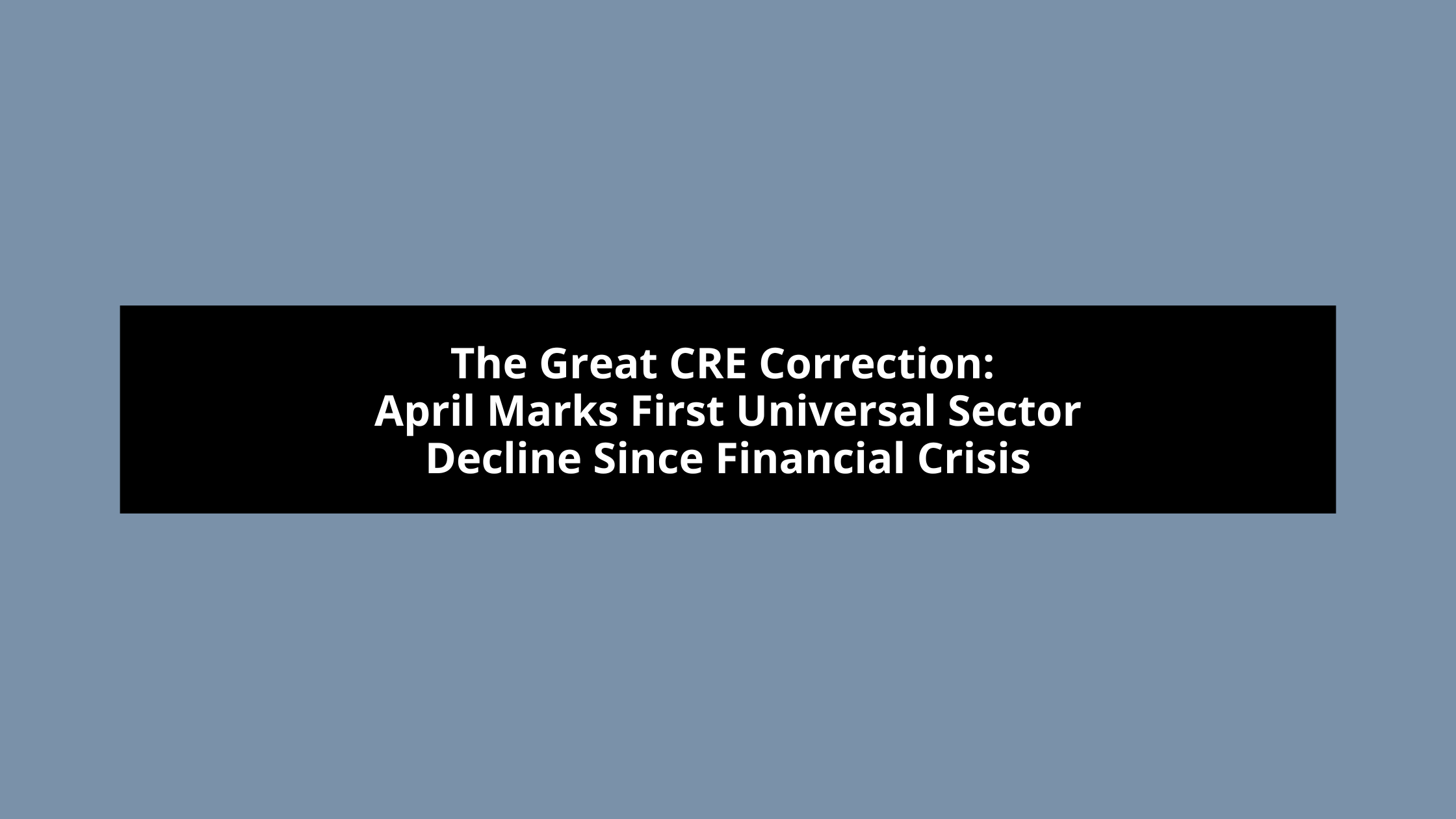Commercial Real Estate Outlook: Navigating Challenges in a Shifting Market
The commercial real estate (CRE) landscape is poised for significant changes through 2025,
according to recent analysis by Moody’s Analytics. This shift presents both challenges and
opportunities for investors, bankers, and industry professionals.
Office Sector Takes Center Stage
The most dramatic transformation is expected in the office subsector. Moody’s projects a substantial decline in office property values, with a potential drop of 26% by the end of 2025. This downturn is largely attributed to the ongoing adaptation to remote work trends, prompting many companies to downsize their office footprint or relocate to more cost-effective properties.
Broader CRE Market Impacts
While the office sector faces the most severe challenges, the entire CRE market is bracing for headwinds. Moody’s anticipates a peak-to-trough decline of 10% across all CRE types over the next 18 months. This projection underscores the need for stakeholders to reassess their strategies and risk management approaches.
Subsector Breakdown
Beyond offices, other CRE sub-sectors are expected to experience
varying degrees of pressure:
- Multifamily: Projected 5% decline over six quarters, influenced by increased
supply from builders. - Industrial and Warehouse: Anticipated setbacks of 5.7% and 6.6% respectively.
- Retail: Forecasted 8% drop over five quarters, driven by the continued growth of e-commerce.
Refinancing Challenges on the Horizon
A critical factor shaping the CRE landscape is the impending maturity of a significant portion of CRE debt in 2024 and 2025. Many loans feature substantial balloon payments, necessitating refinancing at potentially higher interest rates. This scenario raises concerns about potential cash flow issues for borrowers.
Regulatory Perspective and Banking Sector Implications
Federal Reserve Chair Jerome Powell has highlighted that CRE-related losses are likely to predominantly affect small and medium-sized banks. While CRE accounts for nearly a quarter of bank loans, Moody’s suggests that banks are generally equipped to handle the upcoming challenges. However, the risk of broader confidence crises in the banking system cannot be entirely discounted. The Financial Stability Oversight Council has identified CRE as a leading risk to financial stability in 2024, citing factors such as rising vacancy rates, declining office property values, and the potential for economic slowdown.
Historical Context and Market Dynamics
The CRE market has experienced significant volatility in recent years. Property values surged between 2020 and 2022, buoyed by accommodative monetary policies and investor demand as an inflation hedge. However, the market witnessed an 11% price decline following the Federal Reserve’s interest rate hikes beginning in March 2022, effectively erasing the gains of the previous two years.
Looking Ahead: Strategies for Industry Stakeholders
As the CRE market navigates these challenges, industry participants should consider the following:
- Diversification: Explore opportunities across various CRE subsectors to mitigate risks.
- Adaptive Reuse: Investigate potential for repurposing underutilized office spaces.
- Refinancing Strategies: Proactively address upcoming debt maturities and explore refinancing options.
- Risk Assessment: Regularly evaluate portfolio risk in light of changing market conditions.
- Innovation: Embrace technological advancements to enhance property management and tenant experiences.
While the road ahead may be challenging, the CRE market has historically demonstrated resilience. By staying informed and adaptable, industry stakeholders can position themselves to navigate the evolving landscape and capitalize on emerging opportunities.


